

Matt Campbell
2026 Hyundai Tucson Hybrid review
33 Minutes Ago
Vehicles with varying degrees of electrification are all gaining market share – though there's a long way to go if Australia is to match Europe or China for green-vehicle sales

Senior Contributor
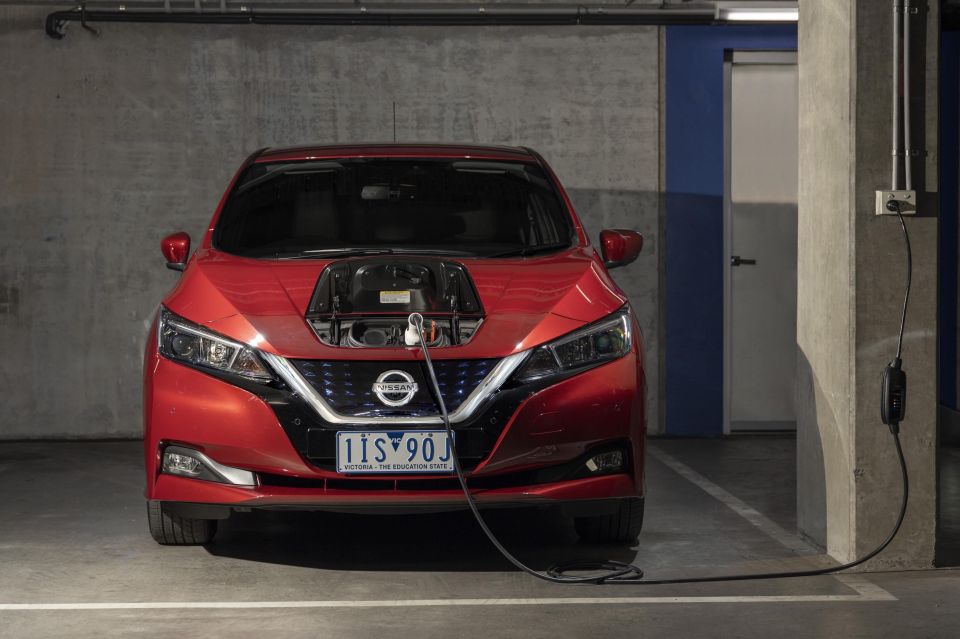

Senior Contributor
Sales of hybrid, plug-in hybrid (PHEV), and electric vehicles (EV) are growing in Australia, despite the overall market continuing to go backwards.
According to industry VFACTS sales figures, sales of petrol-electric hybrids are up 101.3 per cent in 2020. PHEVs are up 12.8 per cent and EVs are up 14.1 per cent – and that’s excluding clear market leader Tesla, which refuses to disclose sales data but whose Model 3 is the number-one EV.
This annual growth equates to higher market-share gains than it may appear, considering the industry’s overall sales are down 18.8 per cent for the year. Petrol-only cars are down 24.3 per cent and diesels are down 18.8 per cent.
Before we get too excited, it’s necessary to point out that total sales of hybrids are 46,435, PHEVs are 1314, and EVs 1411. By contrast, petrol car sales sit at 422,369 and diesels 226,567. Alternate-fuelled vehicles still own small market shares.
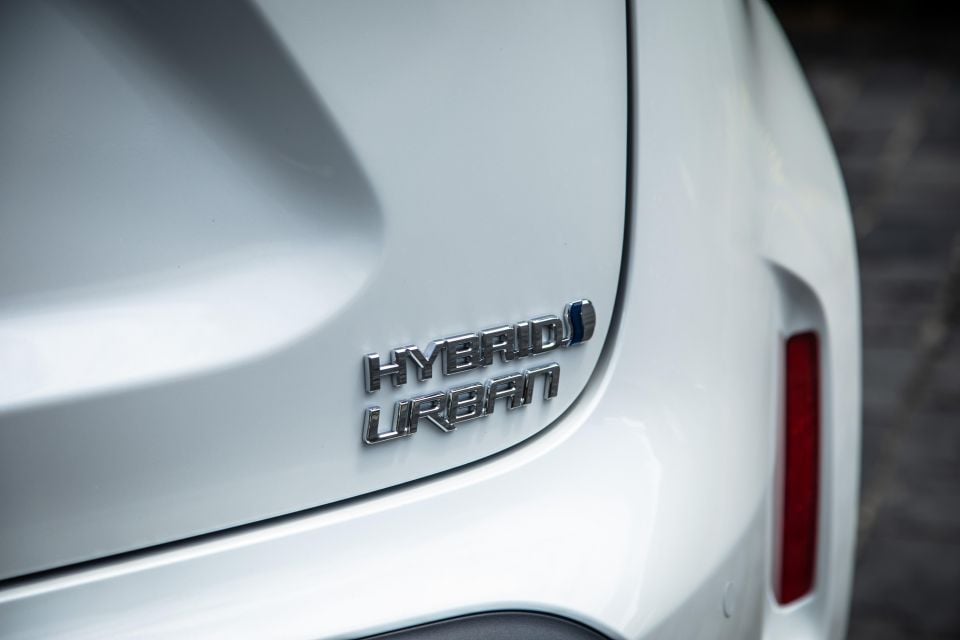
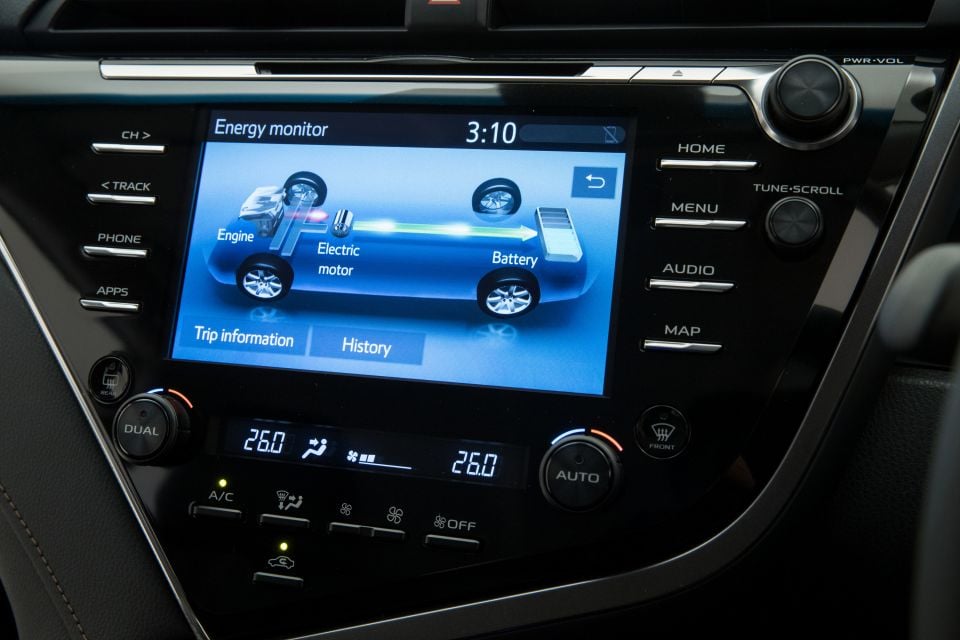
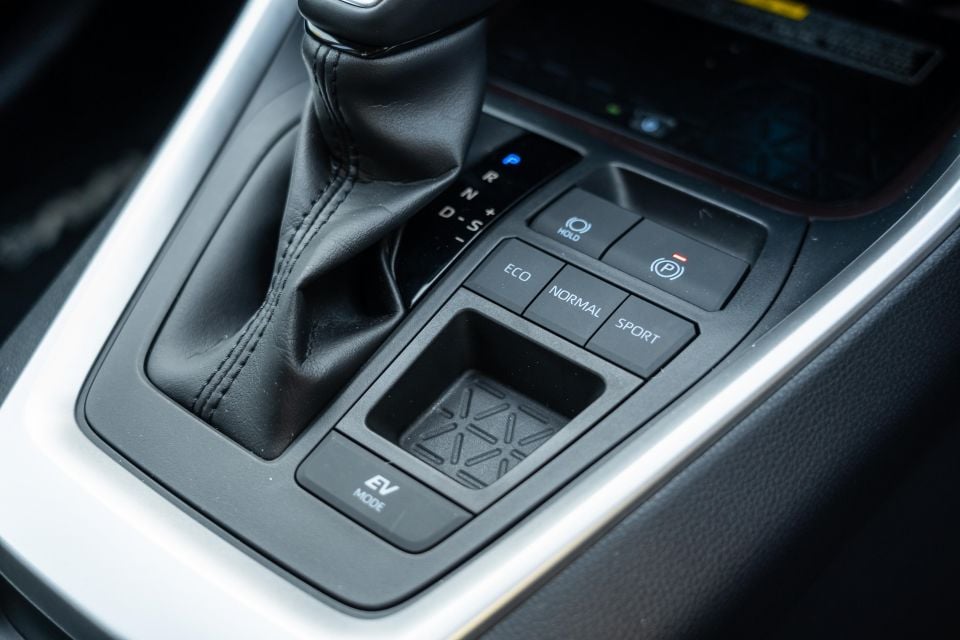
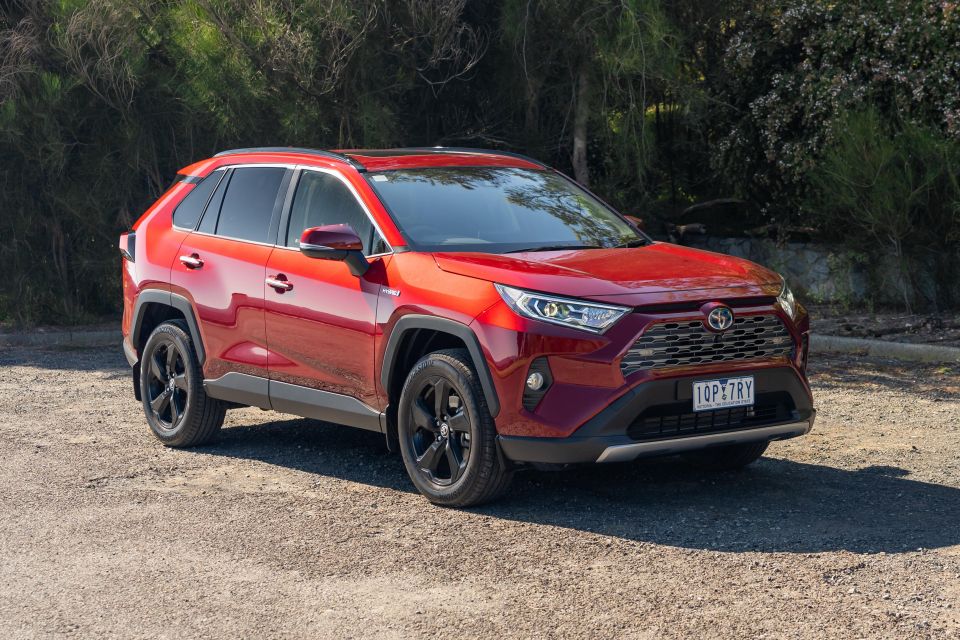
The figures were even starker in October. Hybrids grew 111.2 per cent, PHEVs grew 104.1 per cent, and EVs excluding Tesla grew 5.1 per cent. Over the same period petrol cars declined 11.3 per cent, and diesels grew 5.1 per cent thanks to an uptick in ute sales.
| 2020 YTD | % Change | October 2020 | % Change | |
|---|---|---|---|---|
| Petrol | 422,369 | -24.3 | 44,735 | -11.3 |
| Diesel | 226,567 | -18.8 | 27,244 | +5.1 |
| Hybrid | 46,635 | +101.3 | 5801 | +111.2 |
| PHEV | 1314 | +12.8 | 200 | +104.1 |
| EV* | 1411 | +14.1 | 186 | +5.1 |
What’s driving the hybrid uptick? One word: Toyota. The market-leading brand has around 20 per cent total market share, and this year the percentage of its vehicles sold running petrol-electric hybrid drivetrains sits around 27 per cent.
Its petrol-electric range comprises the Yaris, Yaris Cross, Corolla hatch and sedan, C-HR, RAV4, Prius, Prius V, Camry, and from early 2021 there’ll be a Kluger version too.
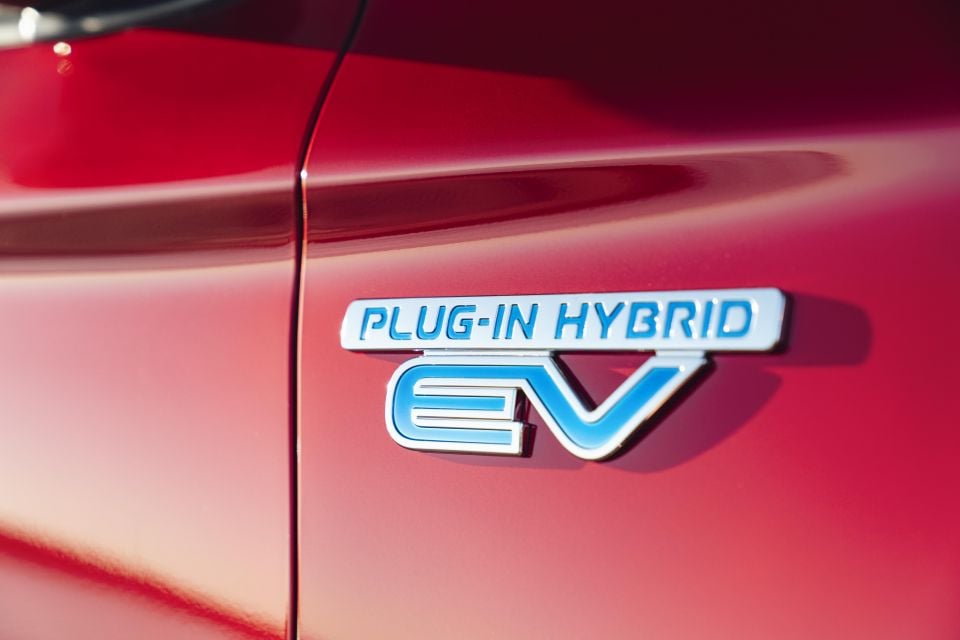
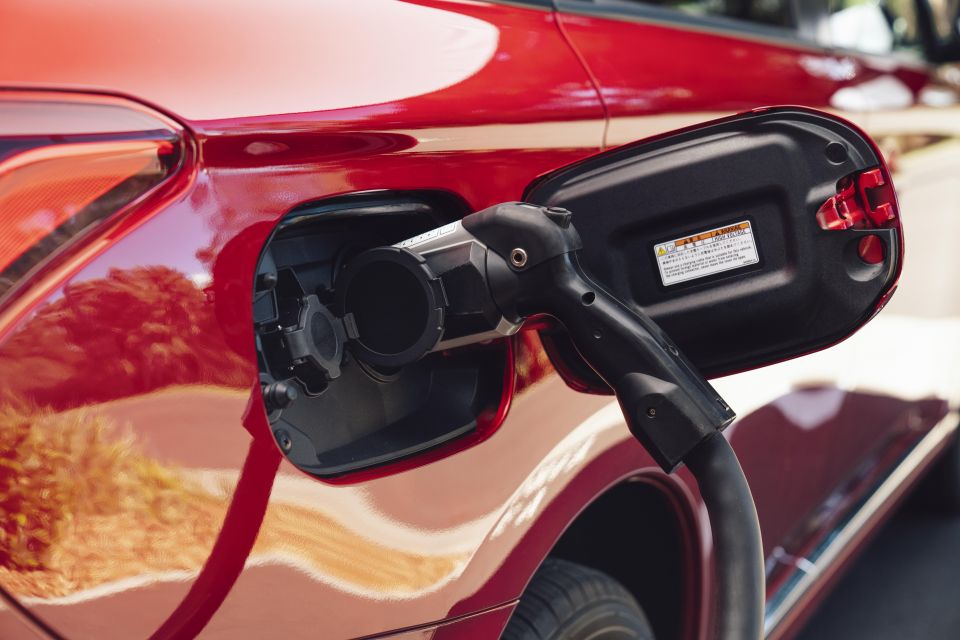
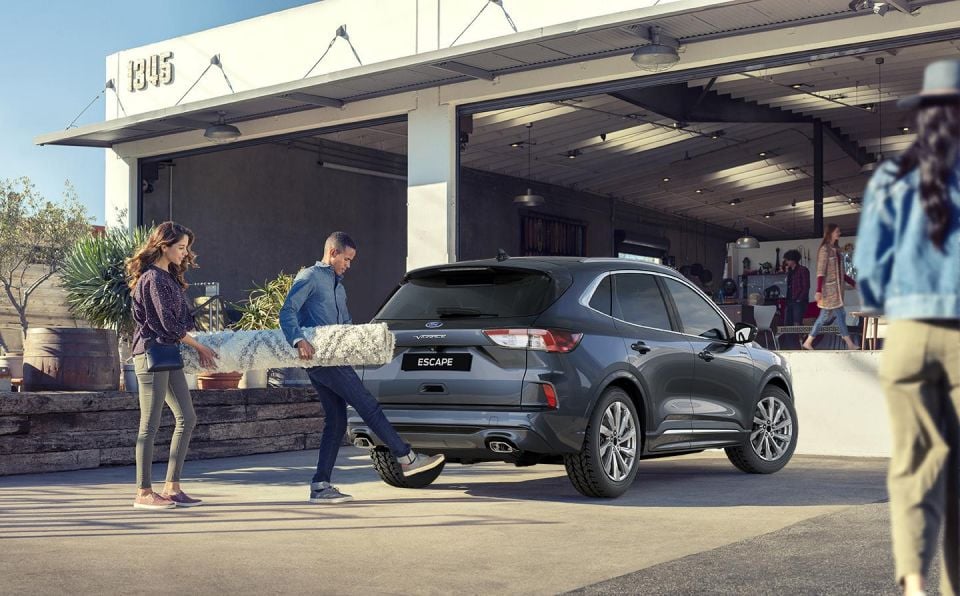

The fleet of PHEVs is also growing, and more choice means more sales. With these models becoming ever-more common in Europe to meet harsh CO2 targets, expect their penetration in Australia to grow.
Current PHEV options in Australia include the: Hyundai Ioniq, Mitsubishi Outlander, Mini Countryman, Mercedes-Benz A-Class, BMW 3 Series, Mercedes-Benz C-Class, Mercedes-Benz GLC, Volvo XC40, Volvo XC60, BMW 5 Series, Volvo XC90, Mercedes-Benz E-Class, Range Rover Sport, BMW X5, Porsche Cayenne, and BMW 7 Series.
In 2021 we are expecting more PHEV versions of SUVs such as the Mitsubishi Eclipse Cross, Kia Sorento, Ford Escape, and BMW X3 to arrive – among others potentially including versions of the Land Rover Discovery Sport and Range Rover Evoque.
In the EV sales race, the entry offerings include the Nissan Leaf, Hyundai Ioniq, MG eZS, Mini SE, and Tesla Model 3. There’s also the Hyundai Kona, BMW i3, Audi e-tron, Mercedes-Benz EQC, Jaguar I-Pace, and Tesla Model S and X. Imminent offerings include the BMW iX3 and Porsche Taycan.
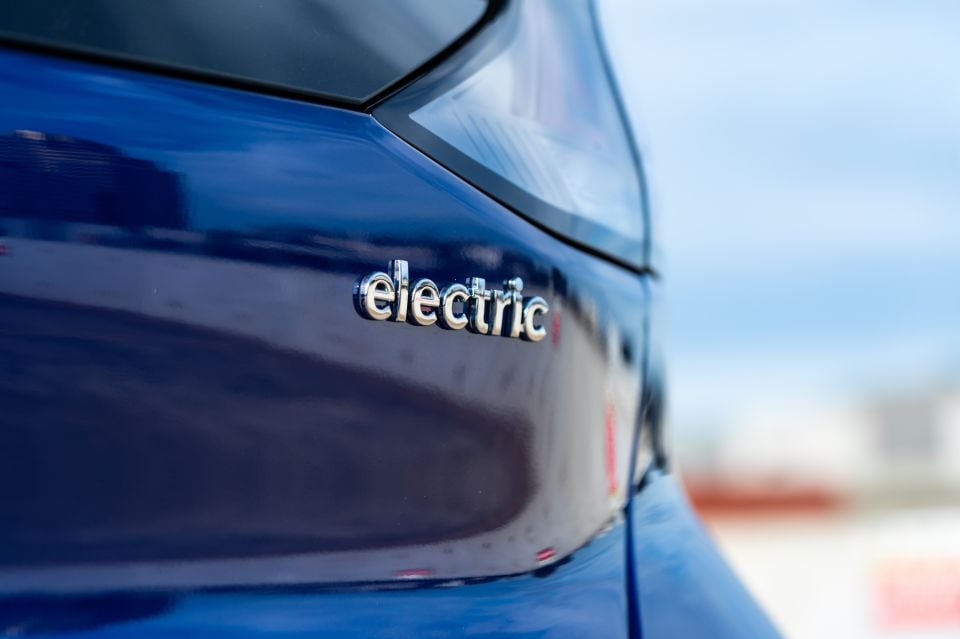
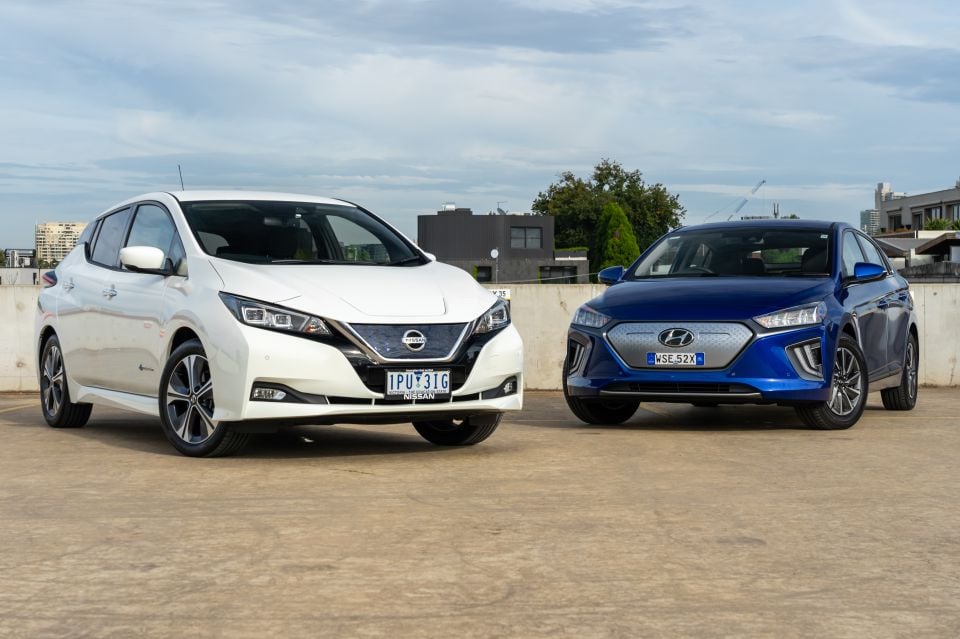
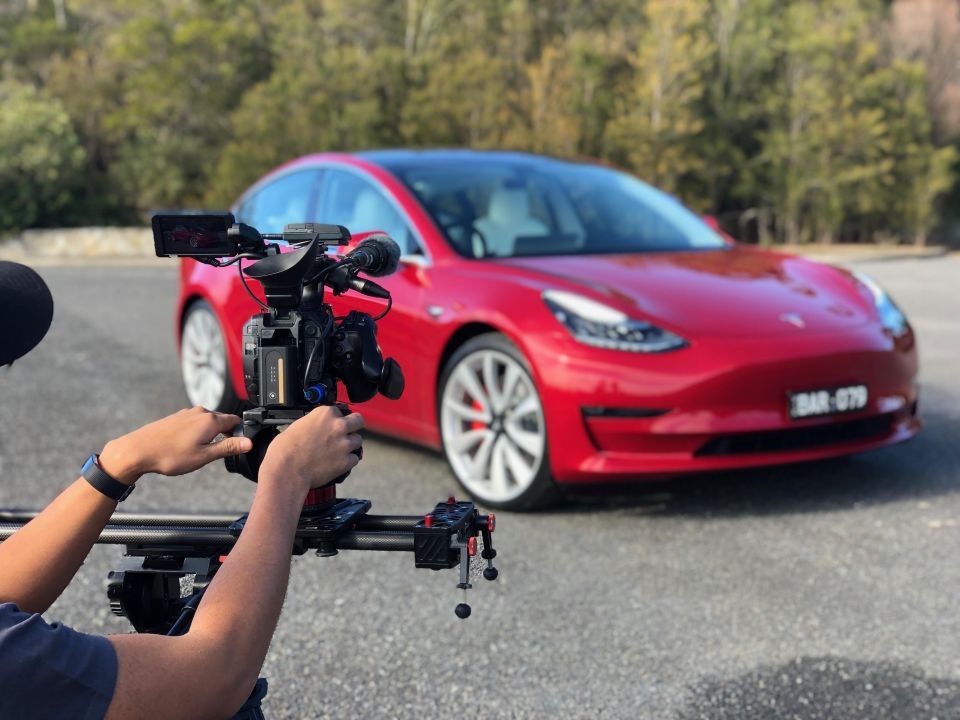
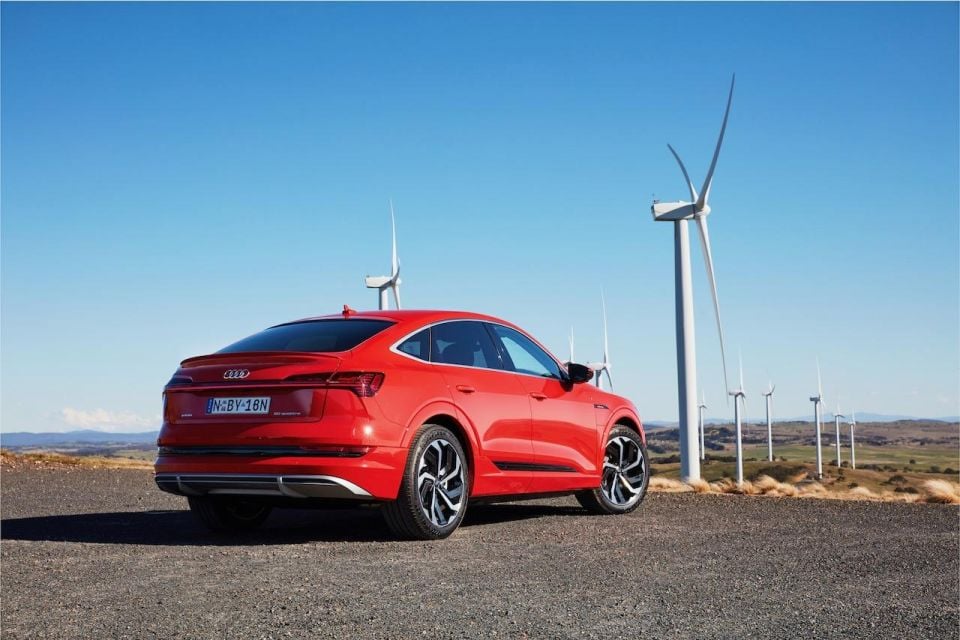
Glossary
MORE: Check our our archive of VFACTS and industry sales content
If you have any questions – perhaps you want to know how your car did – ask in the comments and a member of the CarExpert team will respond.


Matt Campbell
33 Minutes Ago


Max Davies
17 Hours Ago


William Stopford
17 Hours Ago


Derek Fung
17 Hours Ago


Max Davies
1 Day Ago


William Stopford
2 Days Ago